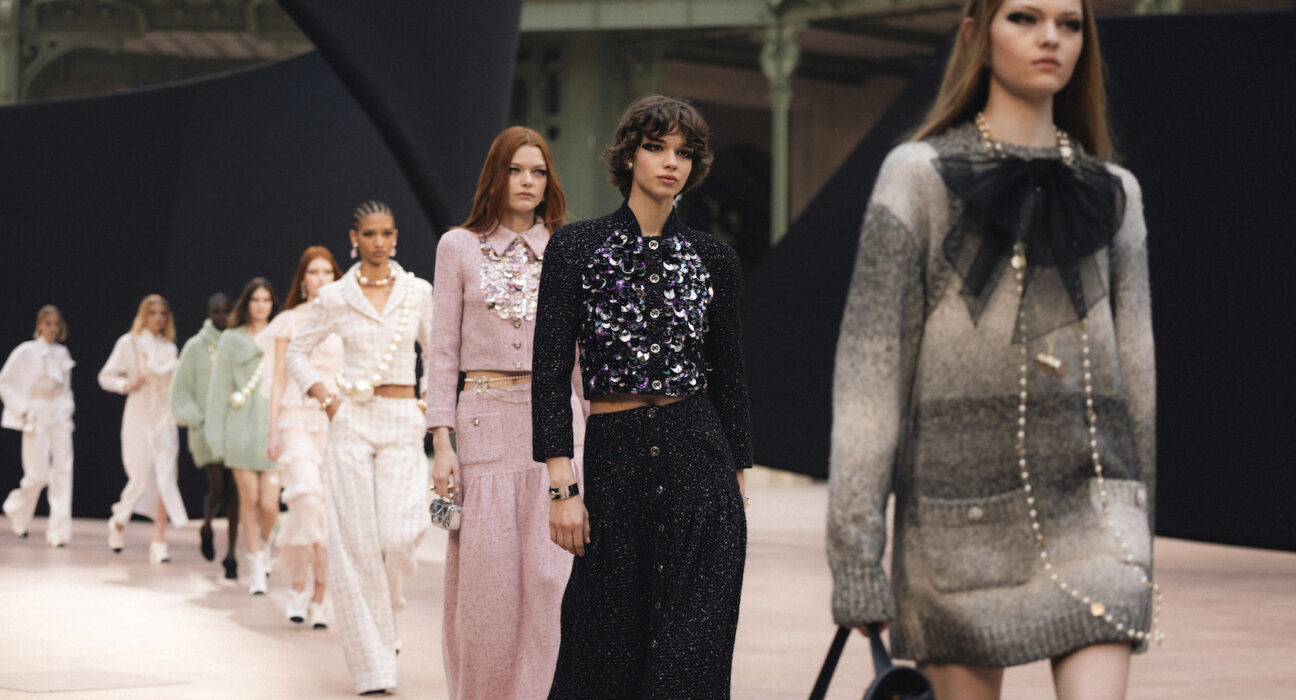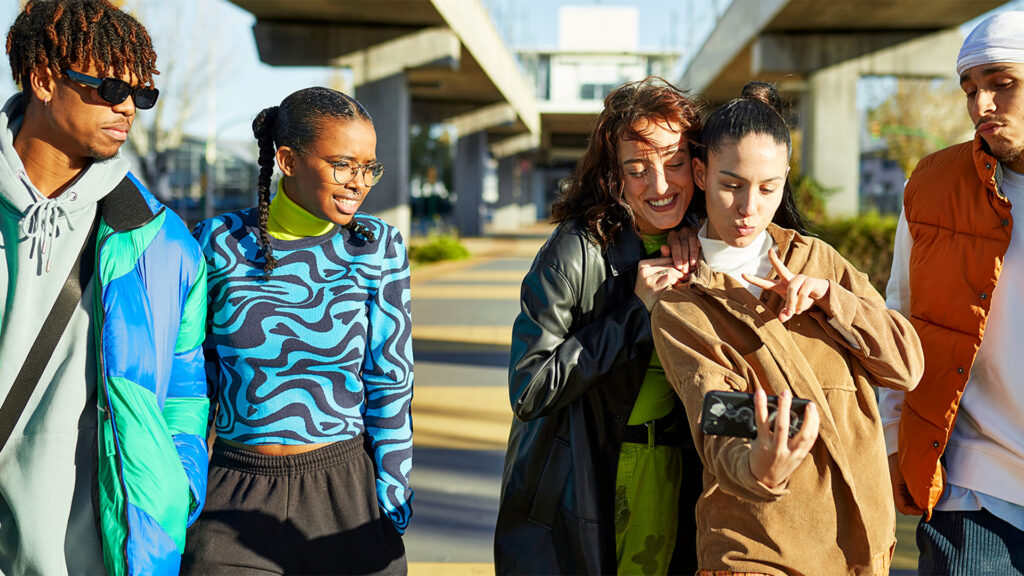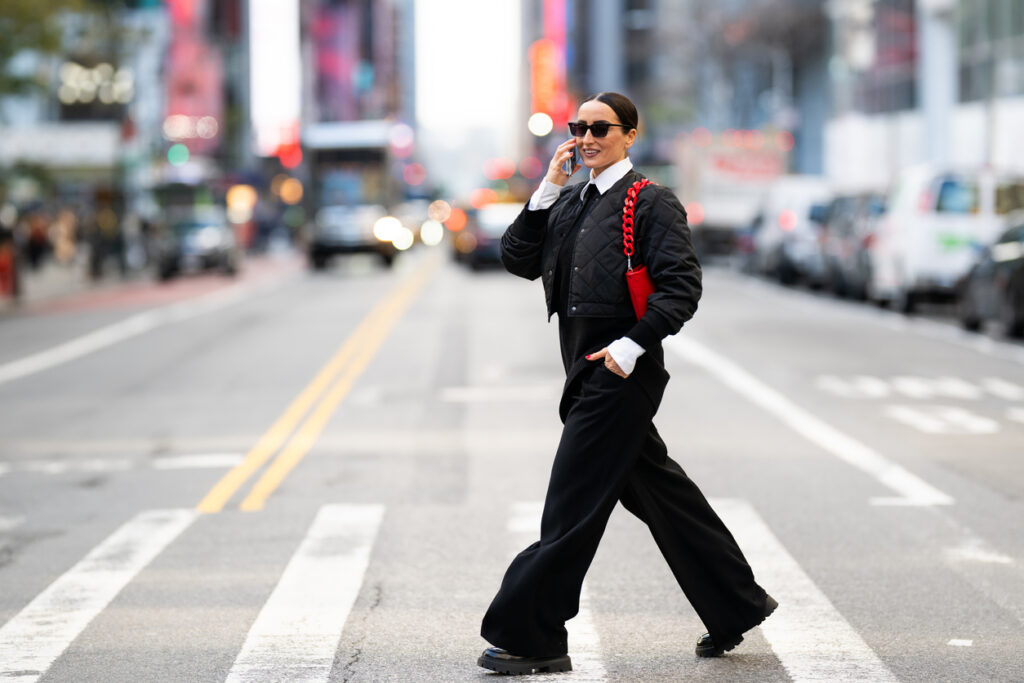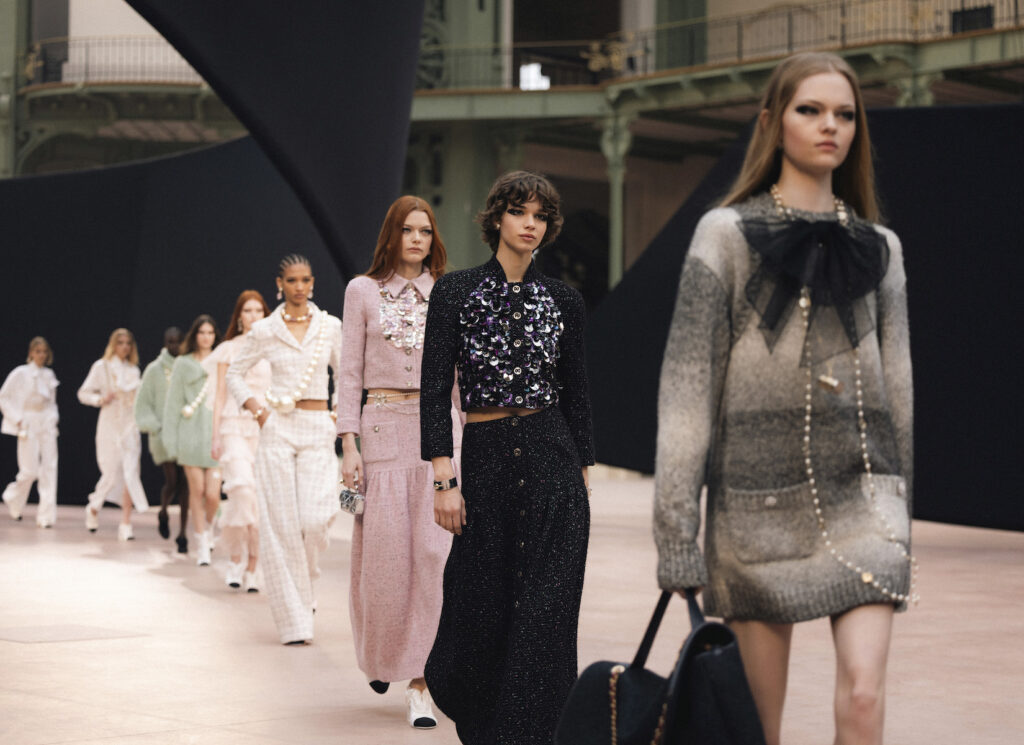The Evolution of Modern Fashion: Where Creativity Meets Conscious Living

The Evolution of Modern Fashion: Where Creativity Meets Conscious Living
Fashion has always been more than just fabric and design—it’s a reflection of who we are, the times we live in, and the values we stand for. Over the years, fashion has evolved from mere aesthetics to a deeper, more thoughtful expression of individuality and awareness. Today’s fashion world celebrates inclusivity, sustainability, and self-expression, merging art with responsibility. As trends change faster than ever, one thing remains constant: fashion’s power to inspire and transform.
1. Fashion as a Mirror of Society
Fashion has long mirrored cultural, political, and social movements. From the rebellious leather jackets of the 1950s to the bold power suits of the 1980s, every era tells a story through style. In the 2020s, fashion continues to serve as a commentary on identity and freedom. We’re seeing a rise in gender-fluid clothing, body-positive campaigns, and diverse runway representations that redefine beauty standards.

Designers like Harris Reed, Stella McCartney, and Telfar Clemens are leading this change—blurring boundaries and creating collections that emphasize authenticity over perfection. This transformation reminds us that style is personal; it’s about embracing what makes us unique rather than fitting into outdated molds.
2. The Rise of Sustainable Fashion
As climate awareness grows, the fashion industry is undergoing a long-overdue sustainability revolution. Consumers are demanding transparency, and brands are responding with eco-friendly fabrics, ethical manufacturing, and slow-fashion philosophies.
Sustainable fashion isn’t just a buzzword—it’s a mindset. Instead of chasing every micro-trend, people are investing in quality over quantity. Vintage shopping, clothing rentals, and upcycling have gained massive popularity, giving garments new life and reducing waste.
Brands like Reformation, Patagonia, and Eileen Fisher are pioneering green practices, while luxury houses like Gucci and Chanel are exploring recyclable materials and carbon-neutral production. The message is clear: looking good shouldn’t cost the planet.
3. Digital Fashion and Virtual Runways
Technology is reshaping fashion in thrilling new ways. Virtual clothing—once a futuristic fantasy—is now a booming market. Digital garments can be worn in augmented reality, social media posts, or even metaverse platforms, offering a creative and sustainable alternative to physical fashion.
The pandemic accelerated digital fashion’s rise, with virtual fashion weeks, 3D design tools, and AI-generated collections redefining how we experience style. Designers can now experiment without fabric waste, and consumers can express themselves online without the environmental footprint of real production.
This intersection of fashion and technology represents a bold new frontier where innovation meets imagination—one where creativity truly knows no bounds.
4. Comfort Meets Couture
Another defining shift in modern fashion is the blend of comfort and elegance. The pandemic’s work-from-home culture sparked the rise of athleisure—a fusion of athletic wear and casual fashion. What began as a trend has evolved into a lifestyle.
From oversized blazers paired with sneakers to chic joggers styled with heels, today’s fashion celebrates versatility. Designers are focusing on functionality without compromising beauty, creating pieces that move effortlessly from desk to dinner.
Comfort is the new luxury, and fashion now celebrates the freedom to look stylish and feel good.
5. The Return of Personal Expression
Social media platforms like Instagram, TikTok, and Pinterest have turned everyday users into trendsetters. Fashion is no longer dictated solely by runways—it’s shaped by communities. From DIY styling to thrift flips, individuality rules the day.
Micro-trends like “clean girl aesthetic,” “quiet luxury,” and “grunge revival” may come and go, but the underlying message stays: wear what makes you feel confident. The democratization of fashion has allowed creativity to flourish beyond elite circles, giving everyone a voice in shaping global style narratives.
6. What the Future Holds
The future of fashion is bright, diverse, and deeply interconnected with innovation. Expect to see biodegradable fabrics, AI-driven designs, and hyper-personalized shopping experiences that cater to both ethics and aesthetics. As technology, culture, and consciousness merge, fashion will continue to evolve into something more meaningful—less about following trends and more about defining identity.

Final Thoughts
Fashion’s transformation from fast trends to mindful creativity reflects a broader cultural shift toward awareness and authenticity. Whether it’s through eco-conscious choices, digital experimentation, or personal storytelling, today’s fashion encourages us to express ourselves responsibly.
In a world where individuality is celebrated and sustainability is essential, fashion stands as both art and activism—a movement that empowers us to wear our values proudly. As we step into the future, one thing is certain: true style will always come from confidence, creativity, and conscience.








